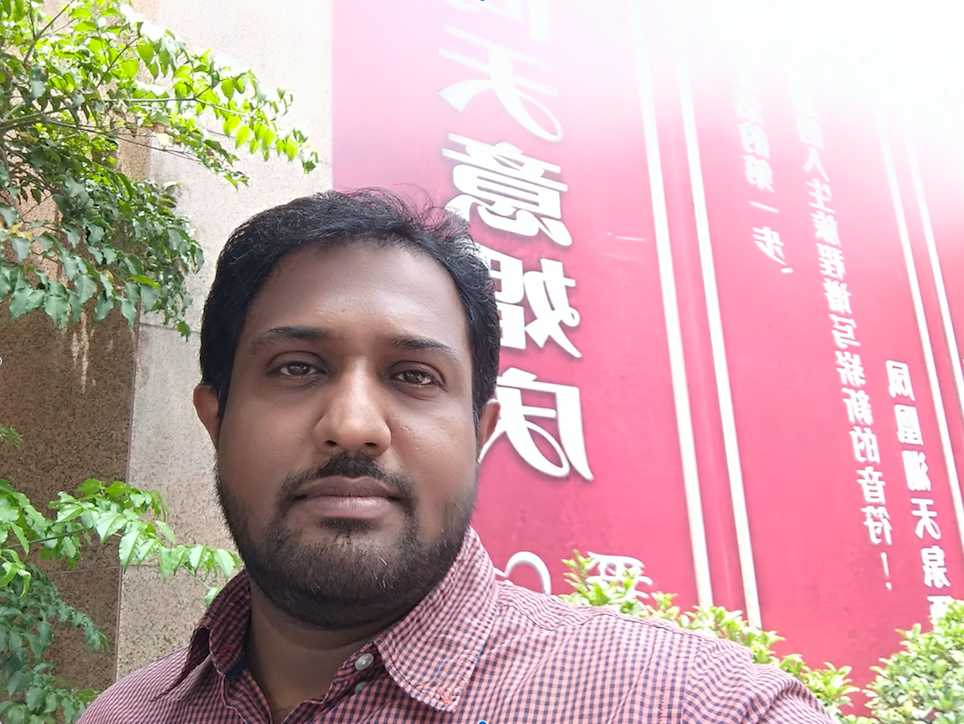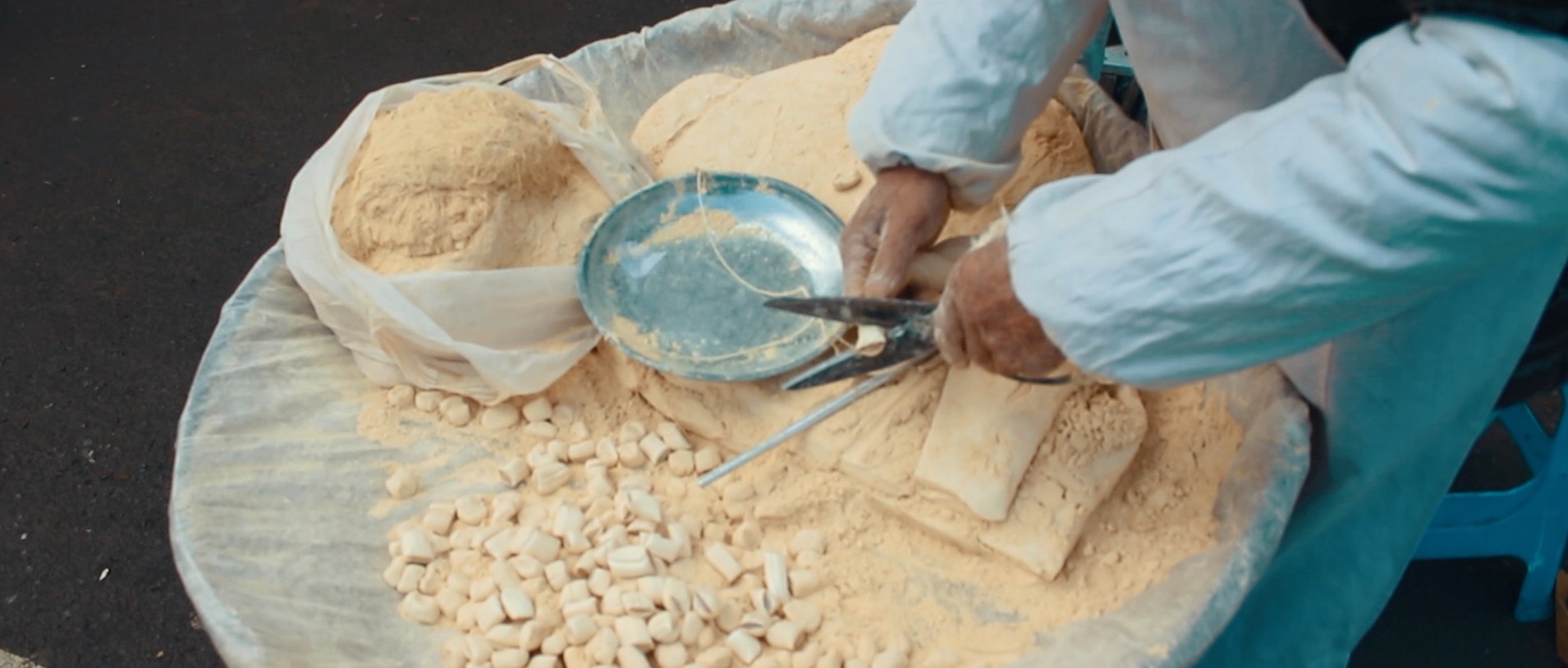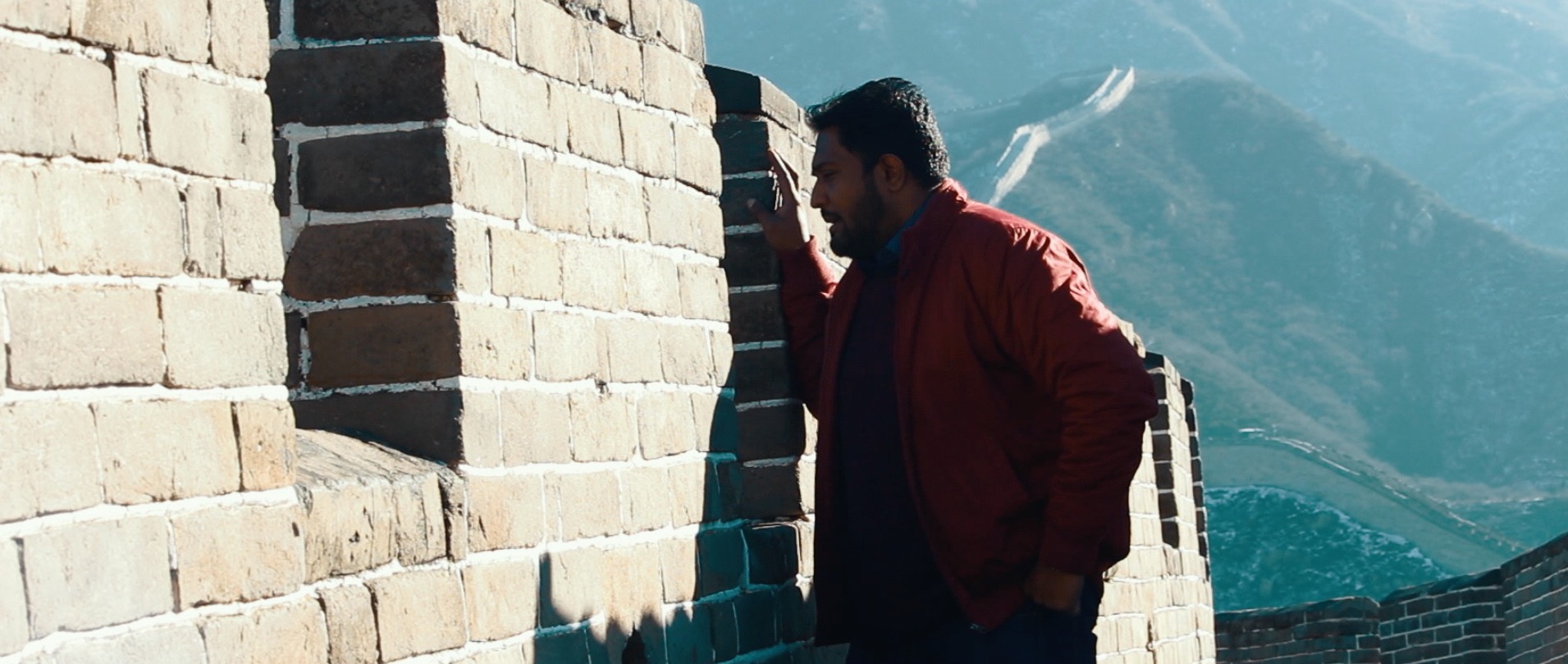Kozhikode to China: IIT Prof Unearths 700-YO Link That Will Blow Your Mind!
Dr Joe Thomas Karackattu is an assistant professor at IIT Madras, whose interest in the historic connections between Kerala and China began from 'Cheena Vala' and 'Cheena Chatti'.

The distance between Kerala and China is roughly over 4,000 km. But if you entered many a home in coastal Kerala—with their Cheena Vala (Chinese fishing net), or even an average Malayali kitchen – with its Cheena Chatti (Chinese frying pan), you might imagine the two civilizations really have no distance at all.
And while certainly, Chinese made products are all the rage in our modern world of planes and diesel-powered container ships, the connection I am referring to here is quite ancient—from centuries and centuries ago. It is incredible to consider—especially since while nowadays you can fly to Beijing in a day, hundreds of years ago a trip like this would be an adventure of a lifetime— assuming that you reached there alive, of course.
And if the scope of the civilisational connections feel too vast to absorb—how about we reduce it down to a single Malayali? The very first Malayali to ever visit China!
This amazing discovery is that to the relentless pursuits of one Indian academician, who based his chase on the idea that such migrations must have occurred – even all those many centuries ago. And guess what? His idea found vindication indeed!
He managed to locate the descendants of the first-ever Malayali who travelled to China about 700 years back!

Dr Joe Thomas Karackattu is an assistant professor in the Humanities and Social Sciences department of the Indian Institute of Technology (IIT) Madras. His interest in the historic connections between Kerala and China began (where else?) from the earlier mentioned Cheena Vala and Cheena Chatti.
After studying various travel accounts of diplomats who traveled between Kozhikode and China during the 14th and 15th century, Dr Karackattu started nursing the idea that some sort of migration of normal people must have occurred between the two regions during this time.
“Because such well-documented accounts of diplomatic and cultural exchanges between the port cities of Kozhikode, Kochi and Kollam and China, the idea of migration between these regions seemed to me as something that could have happened. I could say this thought had been the trigger to embark on a journey that would take me all the way to China and uncover some fascinating links and connections that somehow failed to make it to the annals of recorded human history,” says Dr Karackattu, speaking to The Better India.
Following two years of research and nearly 20,000 kilometres of fieldwork across India and China, Dr Karackattu put together all his findings as a film with the intention of presenting a research-infused visual learning material for students and researchers studying ancient Indo-China relations.

‘Guli’s Children‘ is a 43-minute long documentary shot and edited by Dr Karackattu, which sheds light on cultural-historical ties, physical artefacts and, most importantly, traces of human genealogy that survived between Kerala and China.
“Throughout the time I spent researching for the film, I’d come across quite a few accounts of migration from Kerala to China. Also, local people I interviewed casually mentioned the occurrence of the same. What had fuelled my fascination even further was the idea of tracing these migrants and what must have happened to their descendants. This thought never left my mind,” says Dr Karackattu.
And perhaps nothing could have been a more gratifying moment for Dr Karackattu, when he finally managed to trace the 14th generation descendant of the first Malayali who travelled to China from Guli (as Kozhikode was documented by the Chinese travellers in their records).
Settled in the province of Guangxi in Southern China, ‘Ma’ and his family were as fascinated to meet Dr Karackattu as the professor was to find them.

“The family had been extremely forthcoming about my research. Ma, who is the elder in the family, showcased their family’s Jiapu, which is a carefully collated record of ancestral history containing extensive records on inter-family marriages and likewise. Looking at the both of us, Ma’s wife said, ‘You both are Lao Xiang‘, which meant fellow home-towners in Chinese. That had been an endearing experience I would always hold close to my heart,” reminisces Dr Karackattu.
‘Guli’s Children’ recounts this reconciliation of individuals from two entirely different worlds who incredibly happen to share a common lineage – forgotten over time and distance.
It also features other findings crucial in establishing a greater connection between Kerala and China beyond what history books will have you believe.



The film was conceived as a work of non-fiction and has been screened previously, on invitation, in the United States (at Yale University, NYU, DUKE University, SUNY Binghamton & the New School), Singapore (NUS), Denmark (University of Copenhagen) and in France (University of Sorbonne Nouvelle), apart from screenings across India and China (in Beijing and Shanghai).
You may also like: Teams from 31 Countries Are Heading to Kerala, for a 3000-Year-Old Connection!
Besides teaching at IIT (M), Dr Karackattu also holds the distinction of being a ‘Fox Fellow (2008-09)’ at Yale University and was recently selected as one of ‘China India Scholar Leaders’ by the India China Institute at the New School, New York. His latest work on the history of boundary-making between India and China was published in the Journal of the Royal Asiatic Society (Cambridge University Press, 2018).
Check the film’s trailer below:
You can follow the film’s screening updates on Facebook here. To know more, you can write to Dr Joe Thomas Karackattu at [email protected].
(Edited By Vinayak Hegde)
Like this story? Or have something to share?
Write to us: [email protected]
Connect with us on Facebook and Twitter.
NEW: Click here to get positive news on WhatsApp!

Similar Story

Netaji Bose’s Favourite Eatery Has Been Serving Traditional Delicacies for Over 100 Years
The Swadhin Bharat Hindu Hotel in Kolkata, started by Mangobindo Panda, is a century-old pice hotel where Indian freedom fighters like Netaji Subhas Chandra Bose would enjoy Bengali delicacies.
Read more >
If you found our stories insightful, informative, or even just enjoyable, we invite you to consider making a voluntary payment to support the work we do at The Better India. Your contribution helps us continue producing quality content that educates, inspires, and drives positive change.
Choose one of the payment options below for your contribution-
By paying for the stories you value, you directly contribute to sustaining our efforts focused on making a difference in the world. Together, let's ensure that impactful stories continue to be told and shared, enriching lives and communities alike.
Thank you for your support. Here are some frequently asked questions you might find helpful to know why you are contributing?


This story made me
-
97
-
121
-
89
-
167












